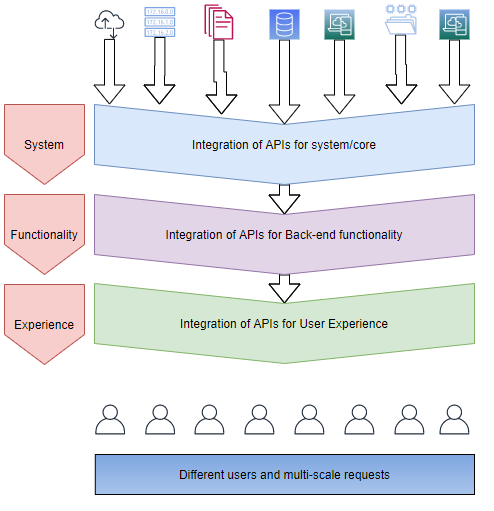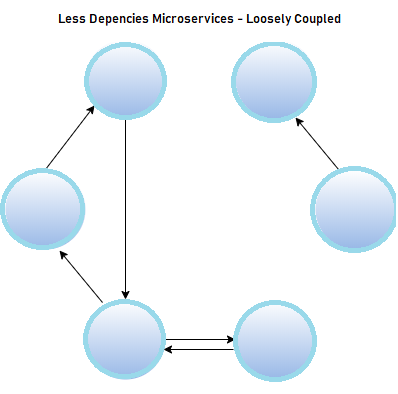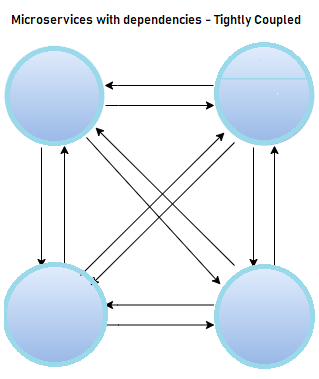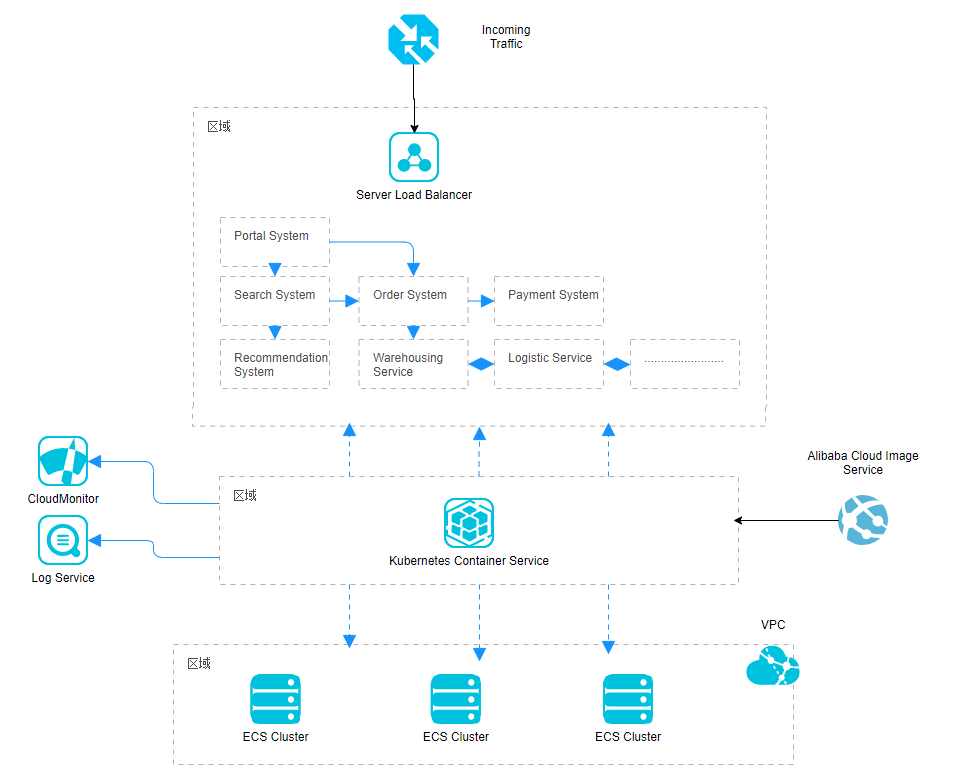By Shantanu Kaushik
Microservices have brought along an independent methodology of building solutions. These individual services are deployed based on business demands. When they are coupled together, they can work as the building blocks for wider application deployment and usage scenarios.
The Alibaba Cloud Research and Development Teams brought along a shift for Microservices architecture by developing their own in-house Container Service for Kubernetes (ACK). Based on the industry-leading and open-source Kubernetes service, it is a fully managed service that is integrated with various services, such as storage, network, and virtualization, to provide a seamless and high-performing solution.
Microservices works on a service-oriented architecture. On DevOps or any other deployment practice, microservices typically use the network-endpoints to communicate with each other. If a microservice architecture is not properly deployed, it might lead to unnecessary inter-communication between them. This leads to an imminent failure of service due to the unavailability of resources or due to an unformatted user experience.
Let's check out how microservices work:

In this article, we will discuss the importance of loose coupling between microservices.
The most important thing is performance and elasticity. The ability to optimize each service individually to counter any performance dip due to a specific component is largely the most important performance-enhancing factor. In a loosely coupled environment, you can easily work with the least elastic component to address any slowdowns or performance gaps.
The frequency of successful deployments is also highly dependent on loose coupling. Loosely coupled services make it easier to implement continuous integration and deployment scenarios. Loose coupling enables the isolation of microservices that lead to better productivity.
Let's check out optimizing and establishing a service based on different coupling scenarios in the sections below.
With the introduction of REST, the overall program architecture became less-tightly coupled. Traditionally, a solution was built on a tightly-coupled architecture. When a developer decided to issue updates to a certain module, the whole application had to be re-compiled and sent across every time.
REST has made a lot of things easier. When adopting the Microservices architecture to establish a practice for a business or organization, the very first step is to ensure how scalable and integrated your solution has to be. With DevOps, considering continuous integration and continuous delivery has to be the very first step.
In any practice that I decide to work with, I follow a thumb rule that tight-coupling should be avoided, especially with Microservices architecture. Your application will be managed better with more loosely-couple services.
Loose-coupling ensures an undisturbed architecture. Independent, loosely coupled services make sure your solution suffers no down-time due to one or more microservices. It could be a maintenance operation or a malfunction with a microservice.

It is not practical or approachable to completely isolate services from one another. A better practice is to relate to the source of coupling between microservices and try to manage the dependencies that feed the microservices in question. Many microservices in different environments behave in a certain way. Business-centric microservices are responsible for critical business processes. It could be any application, for example, an employee information system.
The information could be handled by one or more microservices. However, if any microservice shows high-level dependency on other microservices, then the whole architecture is not drawn correctly. Here, loose coupling is important. It will ensure that different parts of the same system can continue to draw and deploy information as required, without being co-dependent on other microservices for continued operations.
Below is a representation of a tightly coupled microservice application:

Tightly coupled applications may share similar ideas or implementation scenarios. If one application service or module undergoes a major re-haul, other microservices that have their configuration data optimized according to the microservice could start to malfunction and cause major problems.
It's the implementation of Microservices and what infrastructure is being utilized for continuous integration or to maintain the whole SDLC. Alibaba Cloud offers major situational solutions for enterprises that may opt to make the shift to DevOps or that might follow some other deployment scenario.
External data is only used for collaborative purposes, and the internal metadata is used for making changes by the microservices. The microservice must make changes to the internal data without creating a rippling change that affects other collaborating microservices.
When it comes to containerized applications, the Container Service for Kubernetes (ACK) ensures agile development to the deployment lifecycle with the microservices architecture. Microservices are stored within the Alibaba Cloud image repositories and enable the user to only work on iterating these applications without managing, scheduling, orchestrating, sand-boxing, and deploying them.
Let's take a look at the Alibaba Cloud Container Service for Kubernetes and how it works:

Alibaba Cloud integrates several tools and resources within the microservices environment. Tools and services, such as the Server Load Balancer (SLB), Cloud Monitor, and Auto Scaling, ensure that your cloud infrastructure works optimally, scales automatically to increase or decrease resources according to the presented demand, and monitors your service to ensure stable and seamless service.
When using Microservices based on REST, most times service response is time-bound. Any services working within an environment that generates a massive amount of talk between services for response enhancement might call for an immediate response for a microservice. This time-bound coupling may lead to massive failures. You need to address the time-based coupling and ensure that external time-outs due to neglected or time-consuming services don't happen.
A service shouldn't wait for an external resource to cause the imminent failure of service due to time-outs and unresponsive external resources. These resources could be any dependency, such as an API. Alibaba Cloud API Gateway takes care of API calling and management scenarios with the highest rate of responsiveness.
Now, if one service becomes responsible for various resources, this would lead to process coupling. The distribution of such loads is highly critical for service management and continuity. This is typically the case with ERP systems or any other financial system that may lead to high-dependency situations.
Microservices could be bound to a specific language, platform, or framework. In this scenario, different resource calls, such as API or Infrastructure (Database), could be highly dependent on the framework, language, or platform. This is coupling based on implementation. Here, the underlying technology is the dependency factor for any implementation scenarios and the resources allocated to it.
Alibaba Cloud has numerous tools under their belt that are either developed in-house completely or are based on trending open-source solutions. These tools and services extend and guarantee an enhanced user experience and functionality. With a DevOps practice or any other development to delivery cycle, it is always advisable to minimize dependencies between services when implementing microservices.
Microservices have revolutionized the way solutions are offered. The time taken for services to be ready and update delivery for pre-deployed applications is extremely easy now. A scalable, elastic, and reliable application environment has to be driven by services that reduce dependencies and enhance user experience.

2,598 posts | 769 followers
FollowAlibaba Cloud Community - February 8, 2022
Alibaba Clouder - March 1, 2021
Alibaba Clouder - March 2, 2021
Alibaba Developer - January 5, 2022
Alibaba Developer - May 8, 2019
Alibaba Developer - December 24, 2019

2,598 posts | 769 followers
Follow API Gateway
API Gateway
API Gateway provides you with high-performance and high-availability API hosting services to deploy and release your APIs on Alibaba Cloud products.
Learn More Microservices Engine (MSE)
Microservices Engine (MSE)
MSE provides a fully managed registration and configuration center, and gateway and microservices governance capabilities.
Learn More DevOps Solution
DevOps Solution
Accelerate software development and delivery by integrating DevOps with the cloud
Learn More Alibaba Cloud Flow
Alibaba Cloud Flow
An enterprise-level continuous delivery tool.
Learn MoreMore Posts by Alibaba Clouder
Start building with 50+ products and up to 12 months usage for Elastic Compute Service
Get Started for Free Get Started for Free